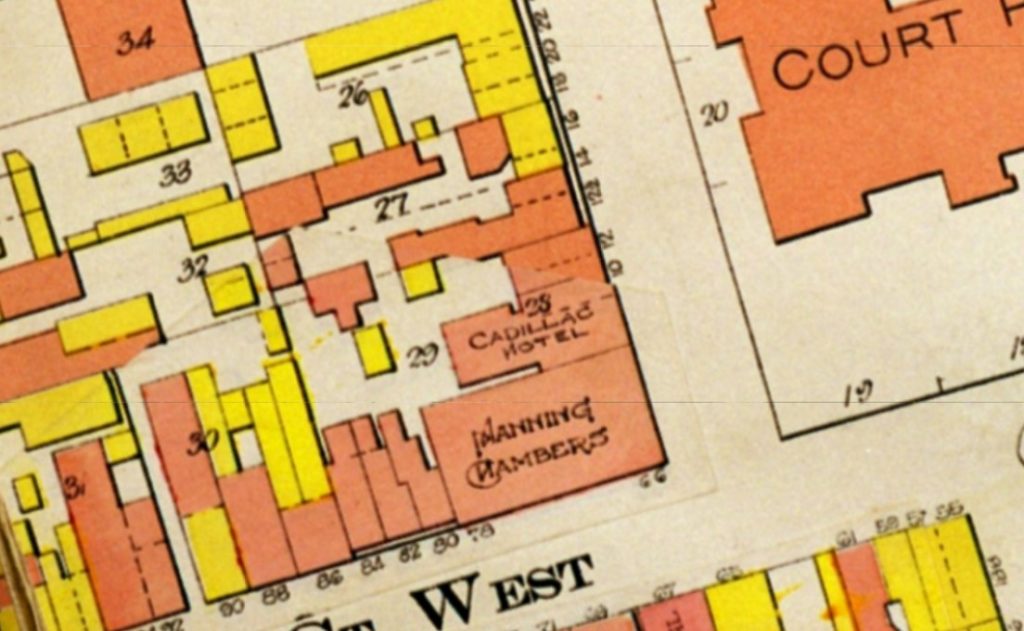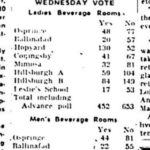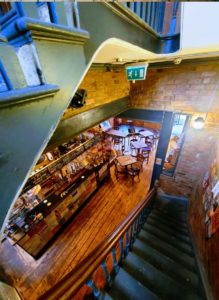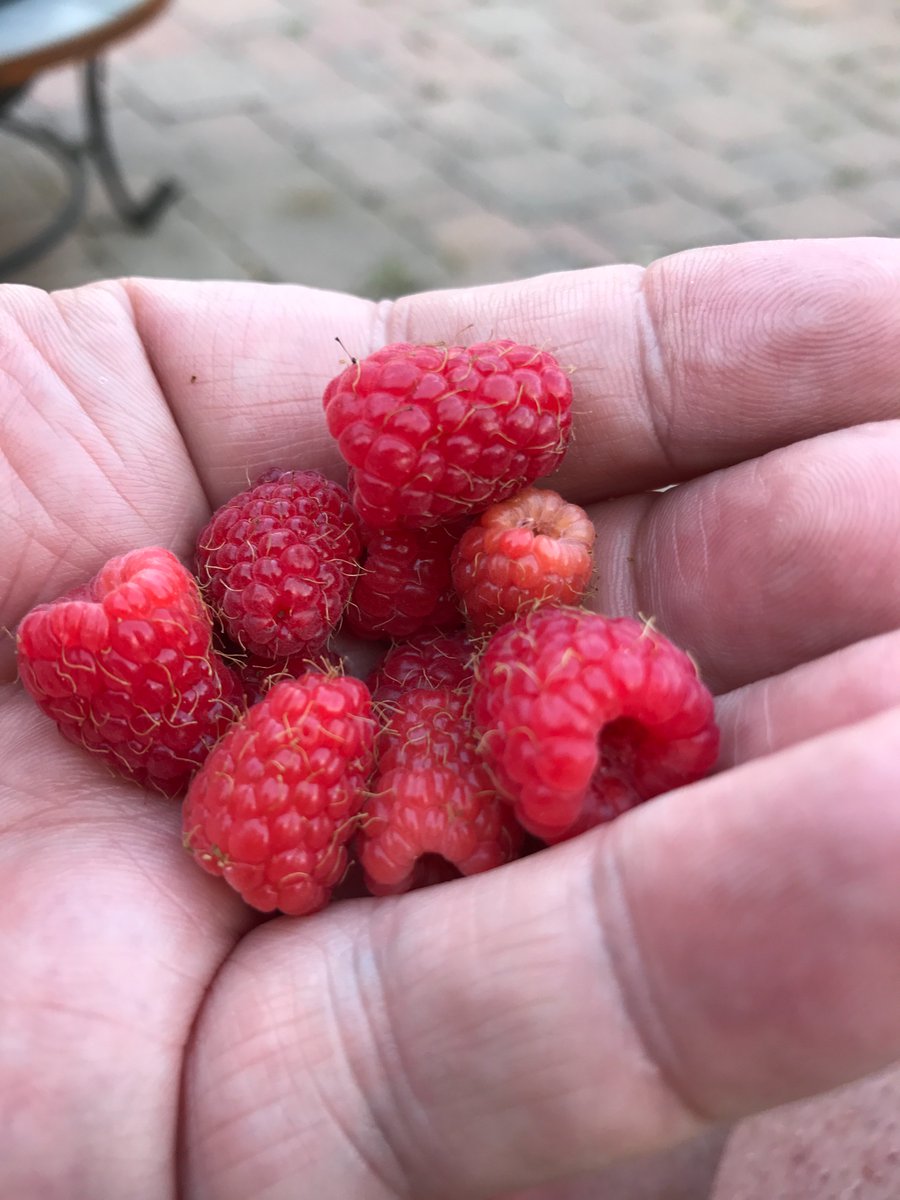 What a week. A Canadian Federal election was called. The US government proved once again it is led by numpties. And the opening day for Major League Baseball is here. And… The Session. Who was the numbskull who decided that the return of The Session would also have a regular dedicated Friday deadline right after his beery news notes deadline? Me. Yup. That’s who. I know how Maureen feels. “What a moron you are Al,” she says. Maureen, by the way, was not only recreating the first moment she ever read my writing. She was out there fighting against the forces of darkness and her feelings were excellently captured by USA Today in her “holy fucking moley” mode at a townhall event with Senator Chuck Grassley.* Anyway, Matthew is hosting this month’s edition and your are encouraged to get your fingertips a’tappin’** on the question of…
What a week. A Canadian Federal election was called. The US government proved once again it is led by numpties. And the opening day for Major League Baseball is here. And… The Session. Who was the numbskull who decided that the return of The Session would also have a regular dedicated Friday deadline right after his beery news notes deadline? Me. Yup. That’s who. I know how Maureen feels. “What a moron you are Al,” she says. Maureen, by the way, was not only recreating the first moment she ever read my writing. She was out there fighting against the forces of darkness and her feelings were excellently captured by USA Today in her “holy fucking moley” mode at a townhall event with Senator Chuck Grassley.* Anyway, Matthew is hosting this month’s edition and your are encouraged to get your fingertips a’tappin’** on the question of…
For the March 2025 edition of The Session I’m asking participants to produce a piece of critical writing about beer or pubs… The aim is not to be judgemental, subjective or to showcase any particular bias; this is not some finger-wagging exercise. Whereas criticism involves building an argument about why you think something is simply good or bad, critique involves taking a more holistic approach, using carefully researched and considered analysis to build a reasoned, objective, and possibly even entertaining take that benefits readers by giving them good quality information to consider.
Get at it!! What else is going on? No, not this… that’s got nothing to do with beer. Ah, yes… this! Ed has reported on a long awaited innovation in hoppetry:
…even more exciting than that is the news that a hop breeding mission going back at least 70 years has finally reached a successful conclusion: a wilt-tolerant Fuggle has been developed. Verticillium wilt is a fungal disease that can devastate hop crops and is difficult to treat… The need for a wilt-tolerant Fuggle is mentioned in a paper back in 1955 and in 2013 I heard the long quest might be only three years away from a successful conclusion. It’s taken considerably longer that that but craft beer geeks everywhere will be delighted to learn that variety 15/10/23 has now completed its trials and it beer made with it no noticeable change of taste was detected compared to true Fuggle. The hop was released in late 2024 as Wye Fuggle.
 Nice. Staying with hops, Stan released the new edition of Hop Queries at the end of last week and shared this tidbit:
Nice. Staying with hops, Stan released the new edition of Hop Queries at the end of last week and shared this tidbit:
Alex Barth, then president of John I. Haas, showed this chart at the 2015 American Hop Convention. It tracks hop usage since 1971. One hundred years ago brewers used the equivalent of 12.6 grams of alpha acids per hectoliter (26.4 gallons, or 85% of a 31-gallon barrel). That had fallen to 9.1 grams in 1971 and continued to drop regularly until it was just over 4 grams in 2011. It ticked up to 4.5 grams in 2011, climbed in the years that followed, and will be about 4.7 grams this year.
Which, once again, makes me want a recreated version of something like Dominion White Label to show what big ales from the early 1900s were really like. Similarly perhaps, The Beer Nut offered an explanation of “spice bag” to my eternal gratitude in case I want to undertake a recreation.
Stan also gave me plenty to poach… err… to consider in his weekly update on Monday, including this from Phil Cook on the appearance of beer related clues in The New York Times crossword puzzles:
Since noticing a reference to modern hazy IPA in the New York Times crossword and wondering what that “meant” in terms of beer’s currency in the popular culture, I’ve been keeping a tally of what else comes up. I recently realised I had a full calendar year worth of such records, and the urge to make a spreadsheet and go looking for patterns came on predictably strongly (for me) after that. The result: ninety-nine appearances, clumped around a few themes, with “ale” and “ipa” done to death, a few favoured brand names, some real clangers, and the occasional delight. I think I got all the beer-related clues and answers.
Speaking of games, did you hear Laura Hadland on BBC 4’s You and Yours talking about pub games this week?
Question: am I horrible for hating branded glassware? I mean I like a nice glass and even have a significant degree of sympathy for an anatomically correct drinking vessel for any certain sort of drink. But, as I consider these sensible thoughts from Boak and Bailey…
This brings us to another problem: a glass of Budvar is much less enjoyable when it’s served in a bog standard British pint glass, with no foam, rather than in a branded mug with a good head. We don’t demand perfect Czech-style ‘pours’ and utter reverence – only an acknowledgement that it’s a bit more than a pint of lager. When that rep visited The Old Stillage, and The Swan, they apparently left behind boxes and boxes of pretty convincing Czech-style mugs. Round, ribbed, slightly squat. The beer looked and tasted great.
…I am all “yup… yup… sure… definitely…” as it all makes sense and then a whisper of a “nope” when there’s mention of a glass with a logo on it. No go the logo. See, I don’t like clothes with the manufacutures’ ads on them. I remember picking the embroidered polo player off the chest of a very nice shirt I once found in a vintage place. Too Heathers. Also – and probably more importantly – it buggers up the look of the beer. Does an apple need a wrapper? Nope. It’s an awkward imposition. Plus it’s a bit “oooh, look at me buying the good stuff” frankly. Branded glasses are the Tesla trucks of beer. There. I said it. Speaking of logos, here’s a question: can it ever be OK to have a representation of a young woman in a UK beerfest advertising:
Emily Ryans, sponsorship manager at St Albans Beer & Cider Festival, explained the reasoning behind the design in a statement: “Rather than adopting soulless corporate branding, we instead choose to highlight a different piece of local history each year, and on this occasion are marking the centenary of Ballito Hosiery Mill. In doing so, we’ve been inspired by Ballito’s 1950s advertising, exhibited by St Albans Museum”… “The character in our logo is a confident, empowering woman, designed to both celebrate the important history of a factory that employed hundreds of local women, as well as make the point that beer festivals – which have suffered from a traditionally male image – are open to all,” Ryans continued.
Of course it is and this seems reasonable. Also being reasonable, here’s an interesting twist on the US tariffs and Canadian provinces’ booze ban response is how it has led to questions like when is a beer is a Canadian beer… even if the brand is American:
In wake of U.S. tariffs, the Saskatchewan Liquor and Gaming Authority (SLGA) said it notified beverage alcohol retailers, distributors and producers that American-branded products wouldn’t be sold or distributed in the province. The SLGA originally released a list of 54 American alcohol brands, including Bud Light, Blue Moon, Busch, Kirkland Wine and others… Labatt Breweries of Canada says it employs about 3,500 people in the country and brews brands like Bud Light, Busch and Budweiser in Canada… On Monday, the government walked back its decision. It said in a statement that the move aligned with other provinces and that it would focus on alcohol produced in the U.S.
Speaking of remote wastelands, if you ever need to get from Luton to Moldova, Martin has led the way – and done so in daring fashion seeing as the place is in the Kremlin‘s crosshairs.
Digging further into that map you’ll see not only how close Iaşi is to the Moldovan border, but how close you are to place names like Kherson and Zernov’s Phyllophora Field. 20 minutes after walking through the Arrivals door at Iaşi, we’re at central Piata Independentei and it’s all looking very Communist era. And a bit eerily quiet. “LOOK ! There’s a place saying BEER !” says Mrs RM, urgently.
Thrilling tales of discount holidays replicating The Third Man or what! Martin: “any chance of a slice of lime for the lager?” Bartender: “lime, sir? Harry Lime?”
ADMISSION: here’s that surprise I mentioned above… I forgot to finished this week’s update. Wednesday got away from me. Work stuff. Home stuff. Dinner out. I woke up at 3:25 am and it was like being in a movie – snapping upright, close up on my horrified face, shouting “NNNNNOOOOoooooo!!!” Not really. So maybe I’ll fill in a few more items over the day in this penultimate space I leave for a few last stories.
Update at my 10:40 am ciggie break:*** I had actually bookmarked this piece from Mudgie-man on one retro pub move he liked:
… hang on a minute, isn’t this “unique concept” simply reverting back to how pubs used to be a couple of generations ago? Back in the 1960s, most pubs had, at the very least , two separate bars, a public bar with plainer furnishings and a more down-to-earth atmosphere, where drinkers in working clothes would be served, and a more comfortable, sedate and genteel lounge. Back in those days, the beer was usually a bit cheaper in the public bar as well. However, over the years, brewers steadily knocked their pubs through into a single room. This was in tune with the spirit of the age, being seen as more modern, inclusive and egalitarian. It also made supervision of the pub easier and, at a time when public bar prices were regulated by law, allowed the pub to charge the higher lounge prices throughout. It’s now relatively uncommon to find a pub with completely separate “sides” and, even where they do, the old price differential has disappeared.
And I had noticed one odd thing about this article in the NYT about rich brats and their spring break trips to the Bahamas – the price:
One student at each school is informally appointed a representative for GradCity, rounding up peers to book the trip and serving as a liaison with the company. At some schools, the position is handed down as an honor. The trips cost about $2,700 a person for five nights with four students sharing a room. An additional $250 “platinum pass” provides access to sunset cruises and other amenities. Longer stays and rooms with fewer students cost more. In exchange for their work, student representatives can qualify for a discounted or free trip. Sometimes, students raise funds or pool money to pay for peers who cannot afford the trips on their own.
That is pretty much the same price as a normal (if not taken by my kids) school grad trips. I understand teen participants from my part of the world go to Japan or Ireland, say, for around $5,000 a pop. Maybe more. Is the NTY concern the access to alcohol in nations where there isn’t a nutso ban on drinking under 21 years of age?
[Update over…]
One last thing. With the Federal election on up here, I need to get photos of the leaders of each party pouring a draft beer. They always have to pour a draft beer in at least one photo op during the campaign. Trudeau Jr. in 2021. Jack Layton in 2011. And, from the same year, even an unlikely backhander from Stephen Harper. It’s the law. I picked that fact up when I used to be a pundit. Send them in if you see ‘em.
Meanwhile, check out The Session and also please check out Boak and Bailey every Saturday (WHILE YOU CAN!!! They are saying they are holidaying in April and May) and Stan going strong again each and every Monday. Then listen to Lew’s podcast and get your emailed issue of Episodes of my Pub Life by David Jesudason on the (sometimes even but never) odd Fridays. And maybe The British Food History Podcast. And Phil Mellows is at the BritishBeerBreaks. Once a month, Will Hawkes issues his London Beer City newsletter and do sign up for Katie’s wonderful newsletter, The Gulp, too. The Share looks to be back with a revival. Ben’s Beer and Badword is out there with the all the sweary Mary! And check out the Atlantic Canada Beer Blog‘s weekly roundup. There is new reading at The Glass which is going back to being a blog. Any more? Check out the Beer Ladies Podcast. That’s quite good and they are revving up for a new year. And the BOAS podcast for the bro-ly. And the long standing Beervana podcast …except they have now stood down. Plus We Are Beer People. The Boys Are From Märzen podcast appears suspended as does BeerEdge, too. VinePair packed in Taplines as well. All gone. But not Ontario’s own A Quick Beer featuring… Michigan! There is more from the DaftAboutCraft podcast, too. All About Beer has sponsored trade possy podcasts and there’s also The Perfect Pour. Plus follow the venerable Full Pint podcast. And the Craft Beer Channel on Youtube. The Moon Under Water is gone which is not surprising as the ask was $10 a month. Pete Brown’s one cost a fifth of that – but only had the one post. Such is life.
*Fight!!!
**Write!!!
***One need not smoke to have a ciggie break.









